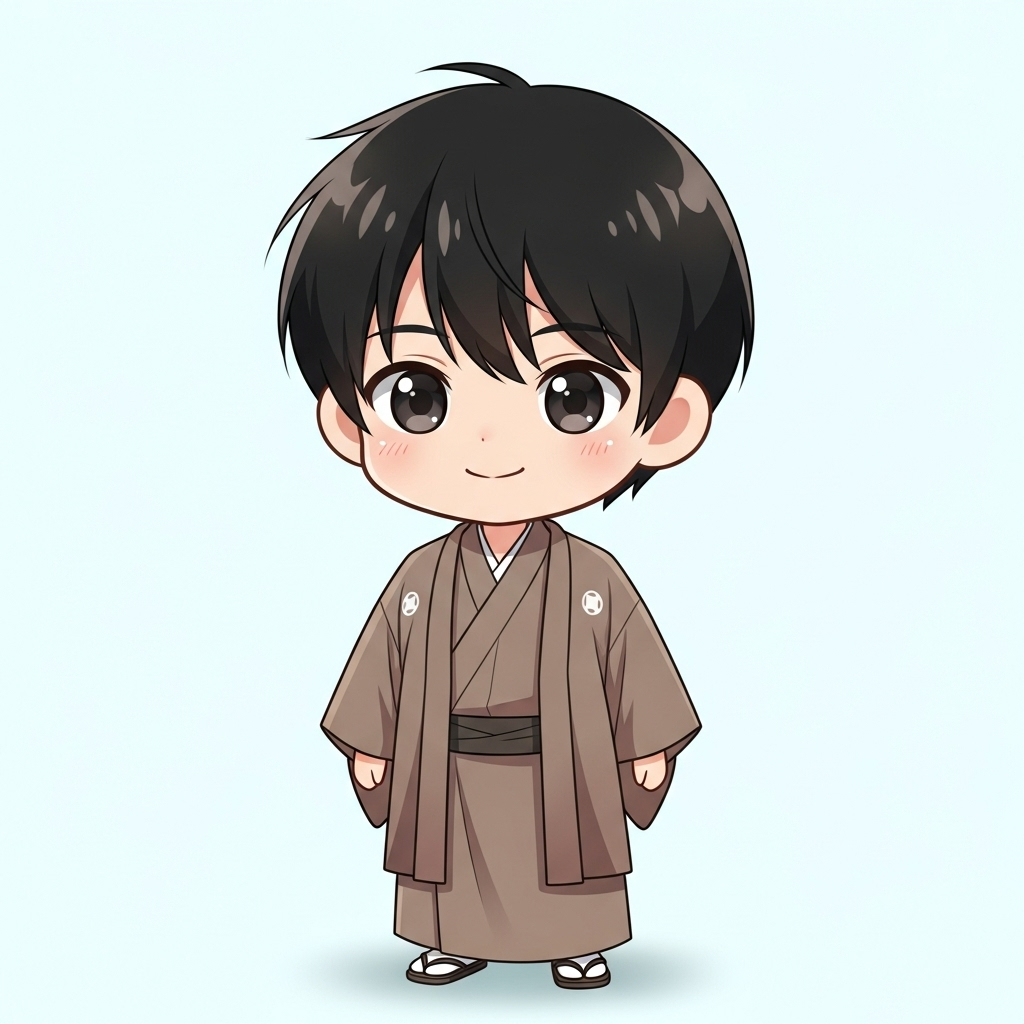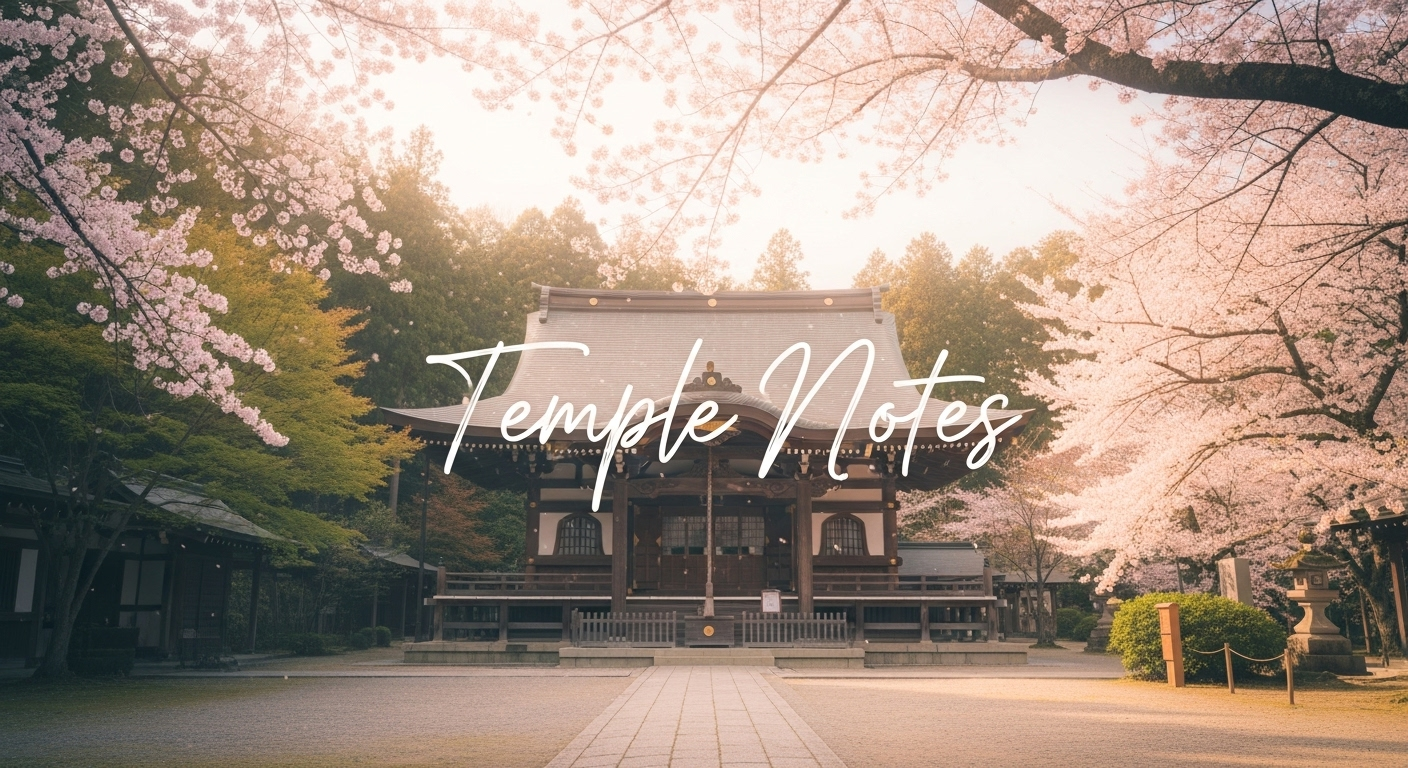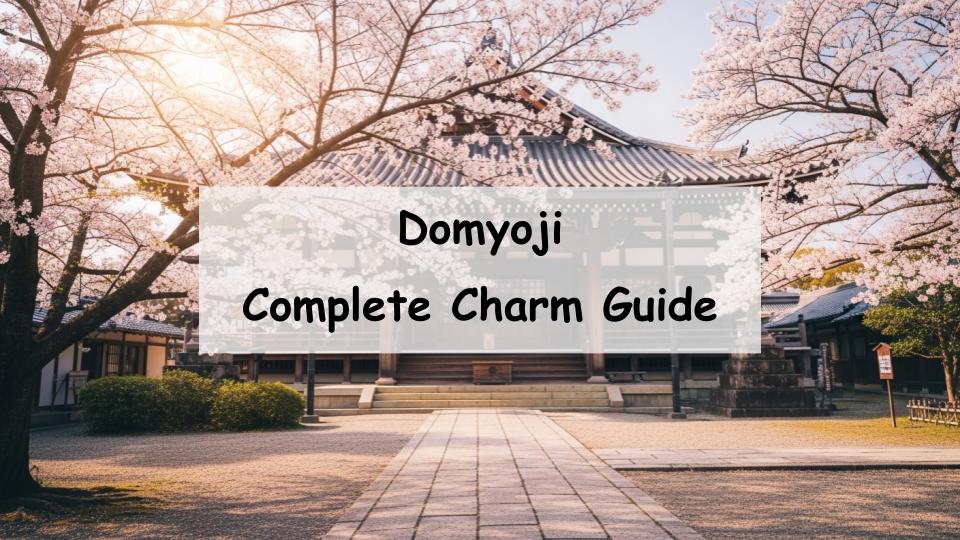If you’ve ever wondered, “What kind of place is Domyoji? Is it connected to the famous Japanese sweet? And what are the best spots to visit if I go there?” — you’re not alone. The answer is that Domyoji is a historic temple renowned as one of the region’s top cherry blossom viewing spots, with a deep connection to the traditional sweet known as Domyoji. In this article, we’ll dive into Domyoji’s history, its highlights, must-see attractions, and practical access tips. By the end, you’ll likely feel inspired to add Domyoji to your travel plans.
What is Domyoji? Its History and Origins
Origins and Historical Background
Domyoji traces its roots back to the 7th century, originally founded as the family temple of the Haji clan. Later, it became deeply associated with Sugawara no Michizane, a revered scholar and statesman. Over centuries, the temple underwent relocations and reconstructions, preserving cultural treasures such as the Eleven-Headed Kannon statue, which holds significant historical and artistic value.
The Connection with Domyoji Mochi
The famous sweet known as Domyoji mochi originates here. The temple produced preserved food made from steamed and dried glutinous rice, known as Domyoji-ko. This ingredient became the base for the Kansai-style sakura mochi, giving birth to the chewy, textured confection loved across Japan.
The Place Name “Domyoji”
Because the temple served as the cultural and spiritual hub of the area, the name “Domyoji” was adopted not only by the temple but also by the surrounding district and even the nearby railway station. Today, the name represents both a sacred site and a thriving community rich in history.
Highlights and Features of Domyoji
Highlights within the Temple Grounds
The Main Hall and Buddhist Statues
The main hall houses revered Buddhist statues, including the Eleven-Headed Kannon, which is considered an Important Cultural Property. These works are occasionally available for public viewing, offering visitors a rare chance to appreciate their artistry and spiritual significance.
Seasonal Beauty: Cherry Blossoms and Autumn Leaves
Domyoji is especially famous in spring, when its grounds burst into color with cherry blossoms. Visitors also flock in autumn, when the temple is surrounded by brilliant red and gold foliage, offering a tranquil seasonal spectacle.
Cultural Treasures and Legends
Beyond its natural beauty, Domyoji is steeped in cultural history. Ancient ruins, old shrines, and monuments around the temple grounds tell stories that link the site to centuries of legend and tradition.
Must-See Spots at Domyoji
A Famous Cherry Blossom Spot
The temple’s cherry trees form stunning rows along paths and within the precincts, making Domyoji one of the most beloved hanami (flower-viewing) destinations in the Kansai region.
Connection to Domyoji Tenmangu Shrine
Located nearby, Domyoji Tenmangu Shrine is dedicated to Sugawara no Michizane, the deity of scholarship. A combined visit to the temple and shrine provides a meaningful way to experience both spiritual and historical aspects of the area.
Nearby Attractions
Domyoji serves as a great base for exploring local temples, shrines, and historic neighborhoods. Small shops and eateries nearby also add flavor to a day trip, offering a blend of sightseeing and local culture.
How to Enjoy Domyoji
Best Seasons to Visit
Spring is the most popular season, thanks to the cherry blossoms, but winter plum blossoms and autumn foliage also make for memorable visits. Travelers who prefer fewer crowds should consider weekday mornings or the early/late days of the sakura season.
Suggested Walking Course
From Kintetsu Domyoji Station, it’s just a short walk to the temple. Visitors typically explore the temple grounds and view its cultural treasures before heading to Domyoji Tenmangu Shrine. After the visit, you can enjoy a peaceful stroll around the temple grounds and nearby areas, experiencing a moment filled with history and nature.
Access to Domyoji
By Train or Bus
The temple is easily accessible from Kintetsu’s Domyoji Station or Hajinosato Station, both within about a 7–8 minute walk.
By Car
If traveling by car, the temple is close to the Fujiidera interchange on the Nishi-Meihan Expressway. Parking is available nearby, though it can be crowded during peak seasons such as cherry blossom time.
Combining with Other Sightseeing
Thanks to its location, Domyoji can be combined with sightseeing in Osaka City or other attractions in the Minamikawachi area. Rail passes and day tickets make travel more convenient and affordable.
Things to Know Before You Go
Admission Fees and Hours
Special exhibitions of cultural treasures and statues are sometimes held, and fees or hours may vary. It’s best to check official sources before planning your visit.
Avoiding Crowds
Weekends during cherry blossom season are very busy. Visiting on a weekday or early in the morning offers a quieter experience.
Tips for First-Time Visitors
Respect temple etiquette by maintaining silence and following any photography restrictions. Wear comfortable walking shoes, and plan enough time to fully enjoy both the temple and surrounding attractions.
Conclusion: Experience History and Nature at Domyoji
Why Domyoji is So Loved
Domyoji is more than just a temple—it’s a place where history, culture, nature, and food come together. From sacred statues to seasonal landscapes and traditional sweets, the temple offers something for everyone.
Final Recommendations
We’ve explored Domyoji’s history, highlights, attractions, access, and tips for enjoying your visit. Whether you’re drawn by its cherry blossoms, its deep cultural roots, or the chance to savor its namesake sweet, a trip to Domyoji promises a memorable and enriching experience.
A Message from the Guide

Unfortunately, it seems there aren’t any wagashi shops nearby.






Comment